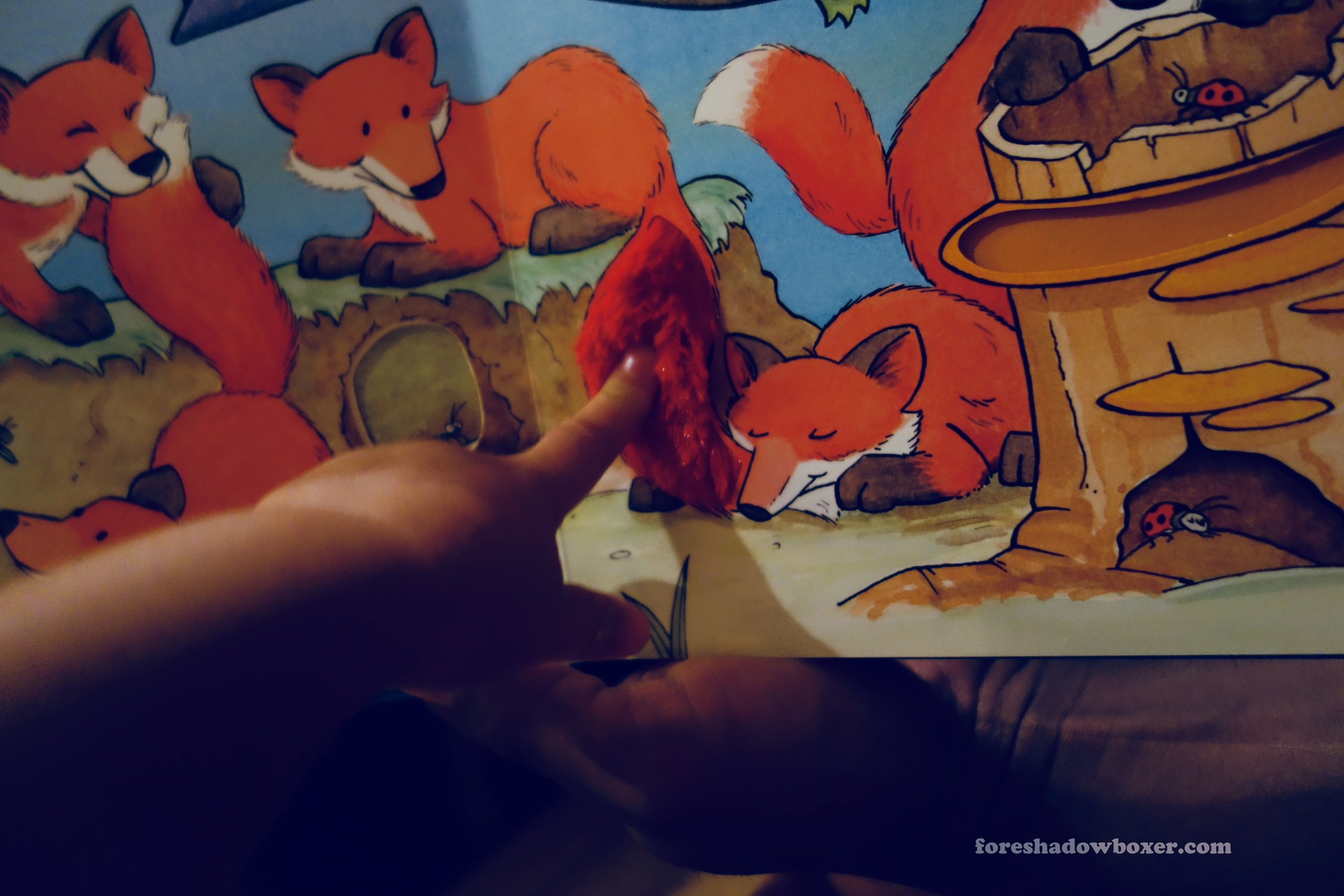Sure, you’re six degrees from Kevin Bacon. But now’s your chance to be ZERO DEGREES from Amy Poehler and Nick Offerman, all while earning cool badges and a cash prize.
NBC’s hit craft competition, “Making It,” is looking for contestants to join their cast for Season 2. So if you’re the good kind of crafty, consider applying. Or if you know someone who fits the bill, pass along the good news.
I, for one, enjoy creating things but don’t quite have the crafting chops to make the final cut. So, please, give yourself a shot. I’d love to live vicariously through someone I know.
Or someone who knows someone I know. Or someone who knows someone who knows someone I know.
(You get the idea.)
Anyway. Get thee to Makingitnbc.com to apply.









